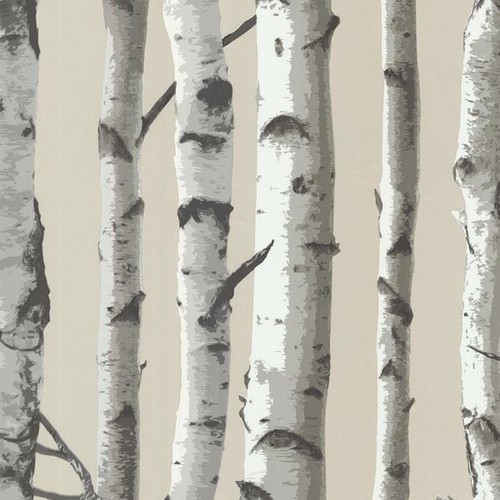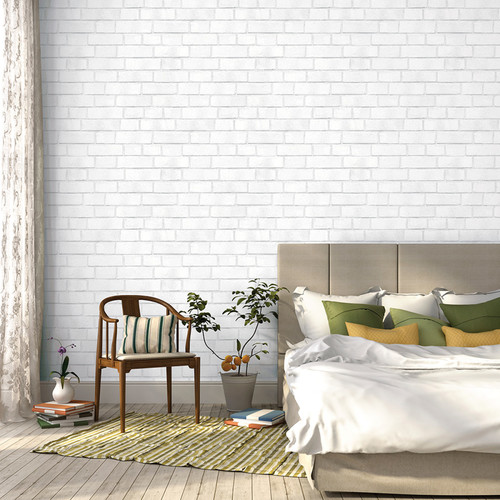Wallpapering is a right of passage for many homeowners, something that shows they’ve taken an enormous step toward taking complete control over their domicile.
You can contract with a reputable company like Alair Homes in Maple Ridge, to do the work quickly and professionally, or you could choose to do it yourself. If you decide to go it alone, this guide is for you.
You can avoid beginner’s mistakes by doing your research, measuring twice, and reading this article.
Measure Twice, Cut Once
Before you do anything at all, even choose a pattern, you must measure the space involved and calculate how many roles of wallpaper you’ll need, and then buy an extra roll of paper. According to Murphy’s Law, the odds are good you’ll need I before the end of your project.
If you’re bad with math, there are many good calculators online that will give you the correct number you need for a room.
Make Sure You Have the Right Wallpaper
This piece of advice sounds silly, but only to the wallpaper novice. Whatever color or pattern you purchase was manufactured in different batches, and some batches will look very different from others. Make sure you note the batch number of the wallpaper you’re using, and check that every roll is from that batch.
To Steam or not to Steam
If you’re removing old wallpaper from the walls first, you’ll likely use a steamer. It will be messy. Floors can become stained, water may leak to the floor below and you will be unhappy.
Before steaming off the old paper, make sure you’ve properly protected the area below from water damage.
Try carefully taping plastic along the base of the wall, and laying rags were you’re working to catch the excess water. Regularly bag the wet, old wallpaper as you proceed.
There are also chemical wallpaper removers that are much less messy, but require much more care and skill to use.
Check for Bumps
Once you’ve removed the old paper, it’s time to go over every inch of that wall. The least bump, depression or imperfection in the wall may create an ugly spot you’ll hate to look at afterward.
You must actually feel your way over the wall. It’s too easy to miss an imperfection with a purely visual inspection.
After the wallpaper has been laid it is much too late. Your best solution will be to either to start over, or hang a picture over the offending spot.
Consider Your Adhesive
You must insure that you are using the adhesive that is recommended by the manufacturer for your wallpaper.
Some manufacturers also advise prepping the walls by sponging the surface with an adhesive paste first as a kind of primer.
It is vitally important to follow the instructions to glue your particular type of wallpaper to the letter. Hanging wallpaper may not be complicated, but it is a precise process.
Follow the manufacturer’s adhesive recommendations and enjoy your wallpaper for many years to come.
Paint Before or After?
There is some argument regarding painting baseboards before or after hanging your new wallpaper.
If you choose to paint after, bear in mind that you will have to tape over the wallpaper, risking its integrity after you remove the tape. You will also run the risk of painting a portion of the wallpaper by accident. It is almost impossible to remove paint stains from wallpaper.
The safest solution is simply to do all wall preparation; including painting the baseboards, after stripping, but before hanging the new wallpaper.
Sit Back
Follow these simple guidelines and your wallpaper should look great, and give you a chance to show off your home improvement skills.

